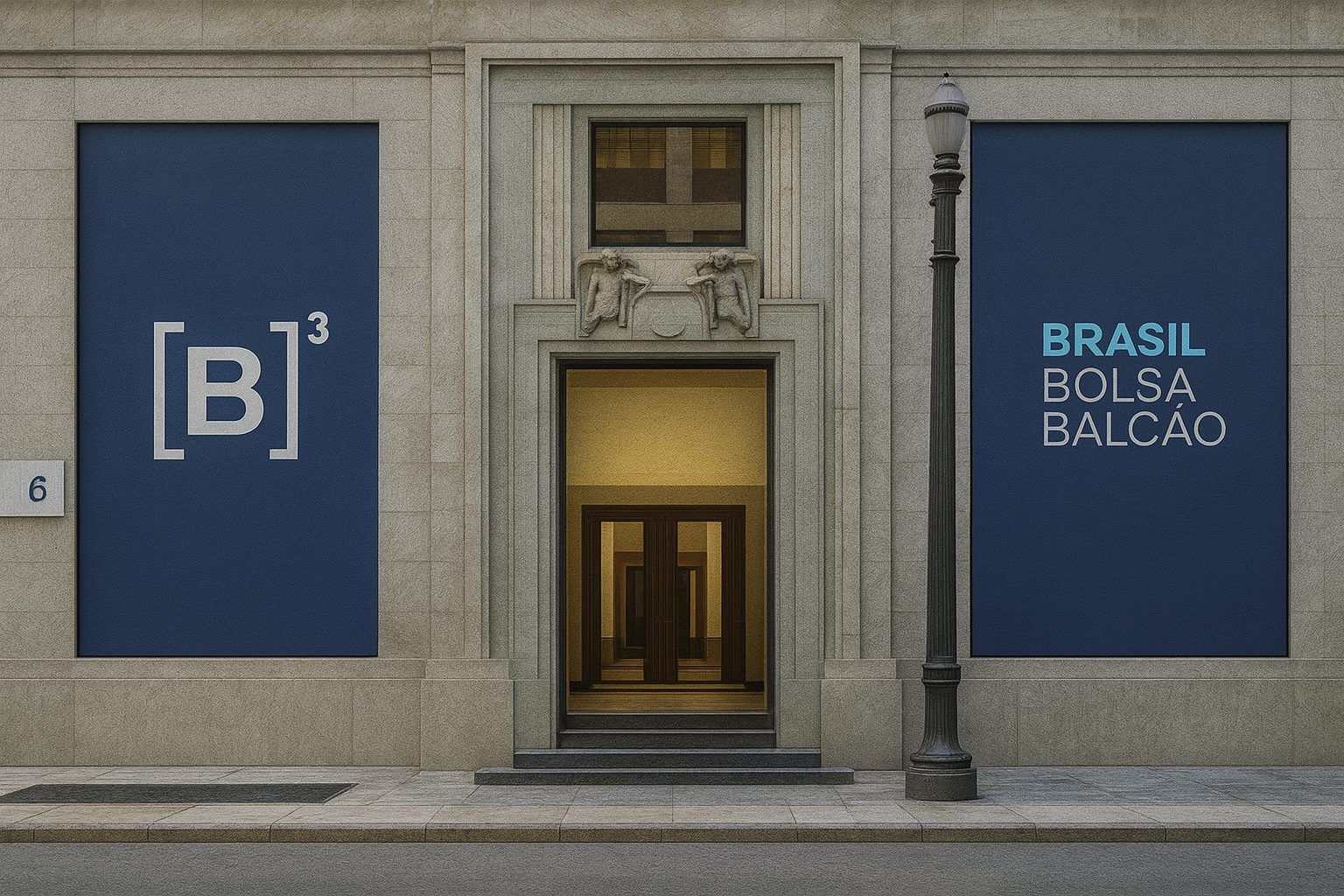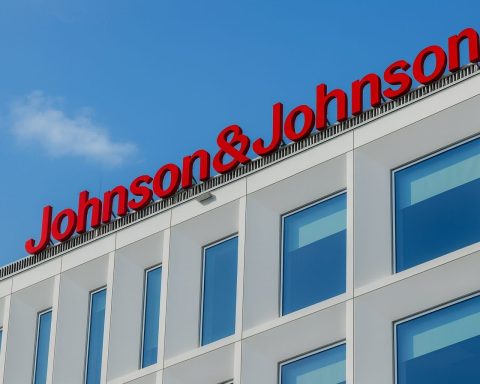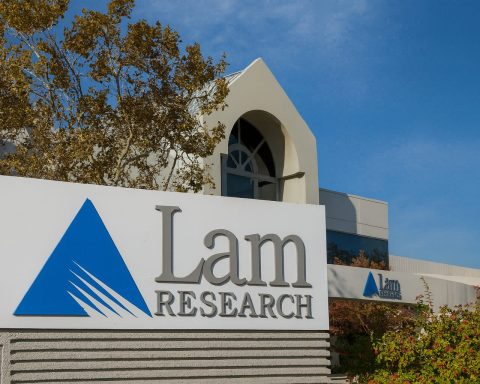Brazil’s benchmark stock index, the Ibovespa, extended its recent winning streak this Tuesday, November 25, 2025, closing higher as investors cheered prospects of interest‑rate cuts abroad and at home, strong performances from miners and banks, and a firmer Brazilian real.
By the closing bell in São Paulo, the Ibovespa rose 0.41% to 155,910.18 points, after oscillating between an intraday low of 154,821.35 and a high of 156,373.21 points, with roughly R$ 20.5 billion in cash volume traded. [1]
That leaves the index:
- Up 0.74% so far this week
- Up 4.26% in November
- Up 6.61% in Q4 2025
- And showing a strong 29.62% gain year‑to‑date [2]
With this move, the Ibovespa remains only a few thousand points below its recent record highs above 158,000 points reached at the end of October, and comfortably above the 150,000‑point milestone that had many analysts debating whether Brazilian equities had become “too expensive” just weeks ago. [3]
Key numbers: Ibovespa, dollar and interest rates today
Ibovespa (IBOV) – November 25, 2025
- Close: 155,910.18 points
- Change: +0.41% (approx. +632 points vs. the open)
- Intraday range: 154,821.35 – 156,373.21
- Cash volume: ~R$ 20.5 billion [4]
Currency – USD/BRL
- Commercial dollar: fell roughly 0.35%, closing near R$ 5.376 in São Paulo, in line with the global weakening of the U.S. currency. [5]
Rates – DI futures
- Long‑dated DI contracts extended their recent decline, with the January 2027 and January 2029 contracts slipping to around 13.5% and 12.75% respectively, reflecting growing conviction that the next move for the Selic policy rate will be down, not up. [6]
What moved the Ibovespa today
1. Global backdrop: Fed cut hopes and softer U.S. data
The primary global driver for the Ibovespa on Tuesday was again the Federal Reserve.
Fresh U.S. data showed September retail sales rising only 0.2%, slower than August’s 0.6% and below market expectations, while the producer price index (PPI) climbed 0.3%, matching forecasts. [7]
Taken together, the numbers reinforced the narrative of cooling demand and contained inflation, encouraging traders to price an increasingly likely 25 basis‑point rate cut by the Fed in December. According to tools tracked by local financial media, market‑implied odds of a December cut climbed into the mid‑80% range, after hovering near 40% just a few sessions ago. [8]
Wall Street liked that story:
- Dow Jones: +1.43%
- S&P 500: +0.91%
- Nasdaq: +0.67% [9]
The rally in New York lifted risk appetite globally and supported emerging‑market equities, including Brazilian stocks. Trading Economics and TradingView noted that the Ibovespa “rose around 0.5% to stay above 156,000” during the session, supported by optimistic global sentiment and corporate news. [10]
2. Brazil’s Central Bank: Galípolo doubles down on the inflation target
On the domestic front, traders closely monitored Gabriel Galípolo, the president of Brazil’s Central Bank (BCB), who appeared in the Senate’s Economic Affairs Committee (CAE).
In remarks highlighted by CNN Brasil and local financial outlets, Galípolo stressed that the BCB’s mandate is to pursue the center of the inflation target (3%), rather than the upper band at 4.5%. He reiterated that the Bank is “not satisfied” with current inflation levels and justified keeping the Selic rate at a restrictive 15% to ensure convergence toward the target. [11]
Monetary Policy Director Nilton David reinforced this message, indicating that further hikes in the Selic are no longer part of the base scenario; the question now is when the easing cycle will begin, not if it will begin. [12]
These comments had two immediate effects:
- DI futures yields fell across the curve as traders priced in an earlier and possibly more aggressive cutting cycle in 2026. [13]
- The real strengthened, as the combination of high current interest rates and prospects of still‑elevated carry going forward continued to attract foreign capital. [14]
3. Mixed domestic backdrop: fiscal noise and politics vs. foreign inflows
The session was not a straight line upward. Around midday, the Ibovespa briefly traded in negative territory, slipping about 0.15% to roughly 155,038 points as concerns about Brazil’s fiscal path and political tensions resurfaced. [15]
According to a report from Jornal do Comércio, investors grew more cautious amid:
- Debate in the Senate over a “pauta‑bomba” (a potentially costly package) to expand special retirement rules for community health agents and endemic‑disease agents, with an estimated fiscal impact above R$ 20 billion over ten years.
- Continued friction between Congress and the Executive, including headlines about appointments to Brazil’s Supreme Court, and new polling for the 2026 presidential race showing President Lula with an early edge – a combination that rekindled fears around long‑term fiscal discipline. [16]
At the same time, balance‑of‑payments data for October showed a current account deficit of US$ 5.121 billion, larger than market expectations of about US$ 4.8 billion, though still the smallest October deficit since 2022. The deficit over the previous 12 months reached roughly 3.5% of GDP, while foreign direct investment inflows topped US$ 10.9 billion for the month – comfortably above analysts’ forecasts. [17]
Despite the midday wobble, local strategists highlighted that foreign flows remain supportive for the Ibovespa, as high real yields and lower valuations than developed markets keep Brazilian assets on global investors’ shopping lists. [18]
Sector performance: miners, cyclicals and banks lead; Petrobras and Braskem lag
Commodities and cyclicals in the spotlight
The positive close had a clear sectoral pattern: miners and cyclical consumer names outperformed, riding:
- A 0.51% gain in iron ore futures in Dalian, with the most‑traded January contract around 794 yuan (≈US$ 111.8) per tonne. [19]
- The continued downward shift in Brazil’s interest‑rate curve, which tends to favor growth‑sensitive sectors like retail, discretionary consumption and housing. [20]
According to Money Times, among Ibovespa constituents: [21]
- Usiminas (USIM5) led the gains, jumping around 5%, boosted by higher iron‑ore prices and expectations of better steel margins.
- Vale (VALE3), one of the index’s heaviest weights, advanced close to 1%, tracking the move in iron ore and contributing significantly to the Ibovespa’s points gain.
- Retail‑linked names C&A (CEAB3) and jewelry retailer Vivara (VIVA3) also appeared among the top performers, helped by the lower‑rate narrative and stronger consumer‑sentiment expectations.
Small caps also shone. Oncoclínicas (ONCO3) surged into double‑digit gains during the afternoon; InfoMoney’s live blog flagged the name as the top performer among smaller stocks, while Money Times reported that U.S. fund Mak Capital had raised its stake in the healthcare group to 6.31% of capital following a R$ 1.415 billion private capital increase this month. [22]
Banks ride the rally as carry trade remains alive
Internationally oriented coverage from Trading Economics and TradingView highlighted the role of large Brazilian banks in today’s advance:
- Itaú Unibanco gained about 0.7%
- Banco do Brasil climbed close to 1.9% [23]
With the Selic still at a restrictive 15% and credit spreads relatively contained, bank earnings and balance sheets continue to look robust, making the sector a core beneficiary of sustained foreign inflows into Brazilian equities.
Energy and petrochemicals under pressure
On the downside, Petrobras and petrochemical producer Braskem weighed on the index:
- Petrobras (PETR3, PETR4) closed down roughly 1%, following a 1.4–1.5% drop in Brent and WTI crude prices amid talk of a potential peace agreement between Russia and Ukraine and fears of oversupply in the oil market. [24]
- Braskem (BRKM5) led losses on the Ibovespa, retreating close to 4% as investors took profits after strong recent gains and waited for clarity on the potential sale of Novonor’s stake in the company to private‑equity firm IG4 Capital. [25]
Index reshuffle on the radar: Copasa in, CVC out?
Beyond today’s trading, the market is already looking ahead to the next Ibovespa portfolio rebalance, which will take effect in January 2026.
A report from Money Times, citing analysis from BTG Pactual, suggests that: [26]
- Copasa (CSMG3) – the Minas Gerais sanitation utility – is expected to enter the Ibovespa, with an estimated index weight of about 0.31%.
- Travel company CVC (CVCB3) is likely to leave the benchmark.
The Ibovespa currently includes 84 stocks from 82 companies. BTG notes that while the number of names in the index has declined over recent years, the concentration remains high:
- The 10 largest constituents account for roughly 52% of the index.
- The top 5 alone represent around 35%. [27]
For investors, these composition changes matter because they:
- Influence passive fund flows tied to the index
- Affect liquidity and visibility for newly included names like Copasa
- Can add selling pressure to candidates likely to exit, such as CVC
The first official preview of the new Ibovespa basket is due on December 1, with two additional previews later in the month before the final portfolio is locked in.
The Brazilian real and current account: supportive, but not risk‑free
While equity traders celebrated another green close, the macro backdrop is nuanced:
- The current account deficit of US$ 5.121 billion in October was slightly worse than economists expected, but still the best October reading in three years, and was more than offset by robust foreign direct investment inflows above US$ 10.9 billion. [28]
- According to Trading Economics, the USD/BRL rate fell to around 5.36, roughly 0.5% stronger than Monday’s close, extending the Brazilian currency’s strong run over the past month. [29]
In practical terms, the combination of:
- High real interest rates
- A credible, if still challenged, fiscal framework
- And a still‑weaker U.S. dollar
has kept the carry trade into Brazil attractive, helping support both the real and the Ibovespa even as investors worry about fiscal‑policy “surprises” from Brasília.
What Ibovespa investors are watching next
With today’s close, the Ibovespa remains in a sweet spot: near record territory, buoyed by global risk appetite and domestic rate‑cut hopes, but still under the shadow of Brazil’s fiscal debate and headline‑driven politics.
Over the coming days, traders and longer‑term investors alike will focus on:
- Federal Reserve communications and U.S. data
- Any indications that the Fed might delay or water down December’s expected cut could quickly lift global yields and pressure risk assets, including Brazilian equities. [30]
- New speeches from BCB officials
- Markets will parse every comment from Galípolo and his team for hints on the timing and pace of Selic cuts in 2026, now that further hikes appear off the table. [31]
- Congressional negotiations around the “pauta‑bomba” and other spending measures
- If the Senate advances proposals that significantly worsen the 10‑year fiscal trajectory, the relief rally in Brazilian assets could give way to a swift repricing of risk premiums. [32]
- Ibovespa portfolio previews from B3
- Confirmation of Copasa’s entry and CVC’s exit, as well as any other surprise inclusions or exclusions, may generate idiosyncratic moves and trading opportunities around the index rebalance. [33]
- Company‑specific catalysts
- Follow‑up news on Braskem’s ownership structure, further details on Americanas’ asset sales, and regulatory developments affecting Ecorodovias (ECOR3) and other infrastructure plays remain firmly on traders’ screens. [34]
Bottom line
On November 25, 2025, the Ibovespa closed higher for a second straight session, driven by:
- Fed cut optimism and strong global equities
- Central Bank guidance that the next move for rates is likely downward
- Commodity and bank strength overcoming weakness in Petrobras and Braskem
- A firmer real and continued foreign interest in Brazilian assets
With the index up nearly 30% in 2025 and hovering just below record highs, investors now face a familiar but delicate balance: can Brazil maintain fiscal credibility and a disinflationary path long enough for lower interest rates to translate into a sustainable bull market in equities?
For now, at least, the answer from today’s trading session appears to be “yes – cautiously.”
This article is for informational purposes only and does not constitute investment advice or a recommendation to buy or sell any security.
References
1. www.infomoney.com.br, 2. www.infomoney.com.br, 3. www.investing.com, 4. www.infomoney.com.br, 5. www.infomoney.com.br, 6. www.infomoney.com.br, 7. www.moneytimes.com.br, 8. www.infomoney.com.br, 9. www.infomoney.com.br, 10. www.tradingview.com, 11. www.cnnbrasil.com.br, 12. www.cnnbrasil.com.br, 13. www.infomoney.com.br, 14. www.cnnbrasil.com.br, 15. www.jornaldocomercio.com, 16. www.jornaldocomercio.com, 17. www.cnnbrasil.com.br, 18. www.jornaldocomercio.com, 19. www.moneytimes.com.br, 20. www.infomoney.com.br, 21. www.moneytimes.com.br, 22. www.infomoney.com.br, 23. www.tradingview.com, 24. www.infomoney.com.br, 25. www.moneytimes.com.br, 26. www.moneytimes.com.br, 27. www.moneytimes.com.br, 28. www.cnnbrasil.com.br, 29. tradingeconomics.com, 30. www.moneytimes.com.br, 31. www.cnnbrasil.com.br, 32. www.jornaldocomercio.com, 33. www.moneytimes.com.br, 34. www.moneytimes.com.br







